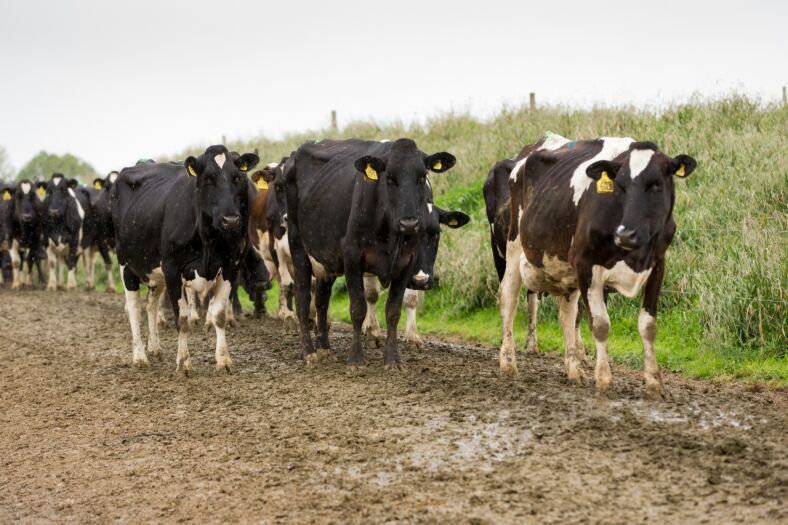
Articles
Feeding maize silage in summer

While most farmers feed maize silage from the autumn to the spring, it is a great supplementary feed choice if pasture is short during the summer months or if you are feeding a summer crop and notice your cows are losing a lot of condition. The key thing to watch when feeding maize silage in the summer is dietary protein level. Walk your farm on a regular basis and start feeding maize silage at 2 - 3 kgDM/cow per day as soon as you notice a feed deficit developing.
While maize silage contains very high levels of energy in the form of carbohydrate-rich starch, it is low in crude protein (7 - 9%). This is not normally a problem as for much of the year pasture supplies more protein than cows require. However pasture protein levels are lowest in the summer especially if the feed is dry and stalky.
Mid lactation cows require around 14% crude protein in the diet. To achieve this level it is best to feed lower rates (2 - 3 kgDM) of maize silage for a longer period than to feed a lot for a short period. The key to achieving this is doing a regular pasture walk so you can identify potential deficits before they become serious.
Farmers often comment that cows milk well on summer brassica crops but that they lose a lot of body condition. Feeding maize silage at the same time as a summer crop can be a great way of putting milk in the vat while still keeping cows in good enough condition to milk on into the late autumn. Another plus of feeding maize silage with brassicas is that energy and protein levels tend to be more balanced.
Maize is also a great feed during a “green drought”. Green droughts occur when there has been enough rainfall to keep pastures green but not enough to promote adequate growth to feed cows well. The big danger in green droughts is that farmers tend to overgraze pasture resulting in paddocks not persisting. Maize silage creates positive substitution and enables farmers to extend their round, therefore avoiding the risks of overgrazing while still managing to feed the cows well.
